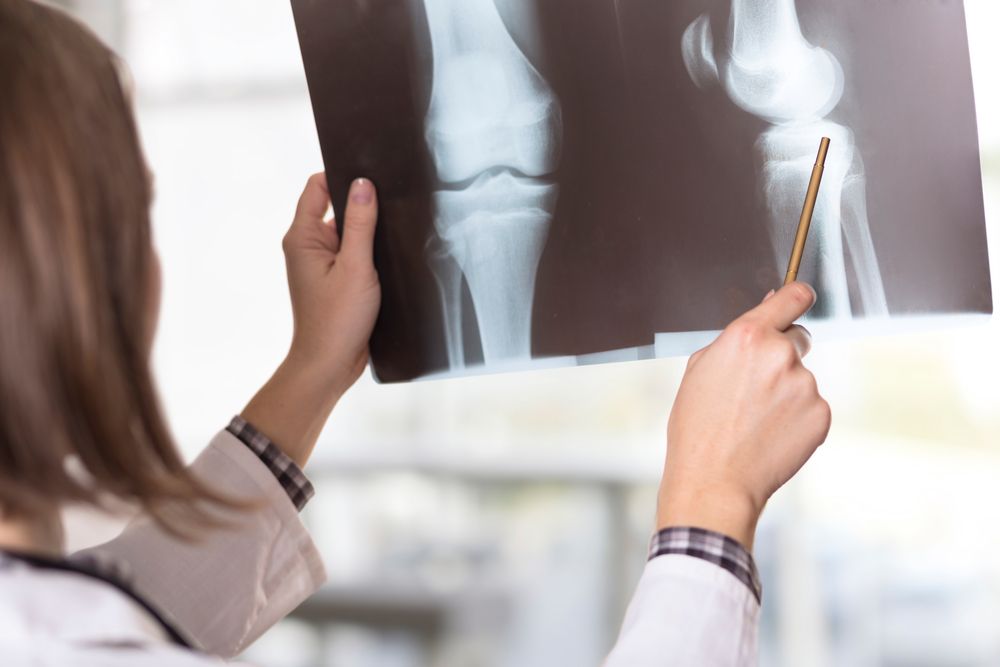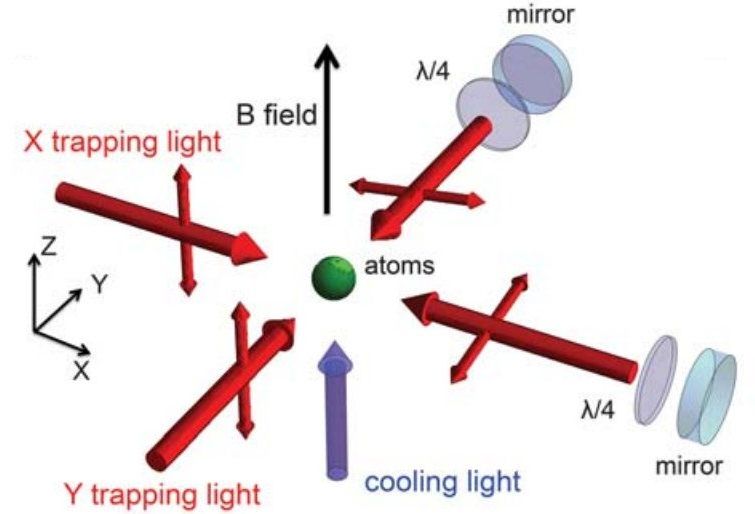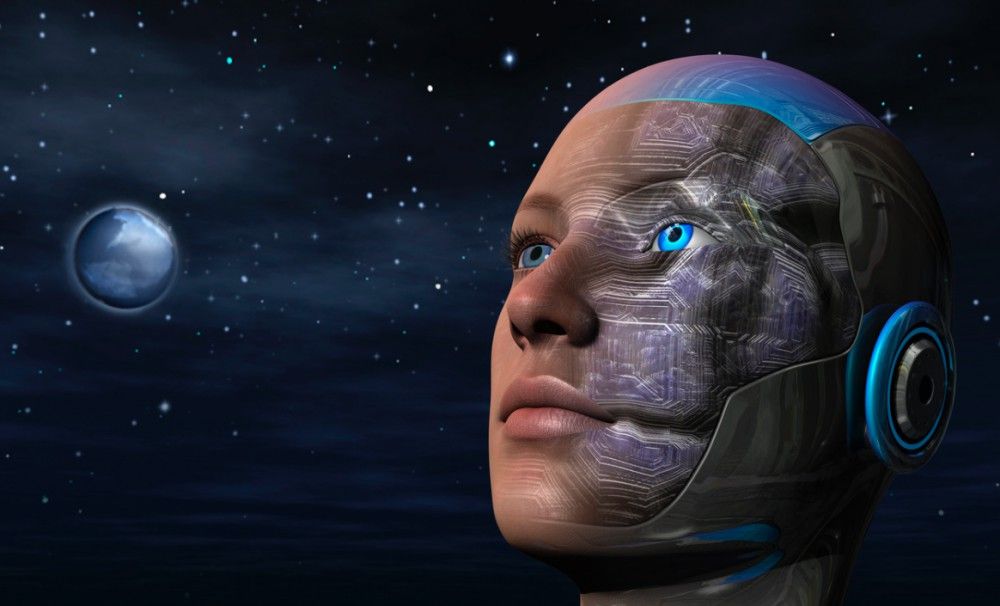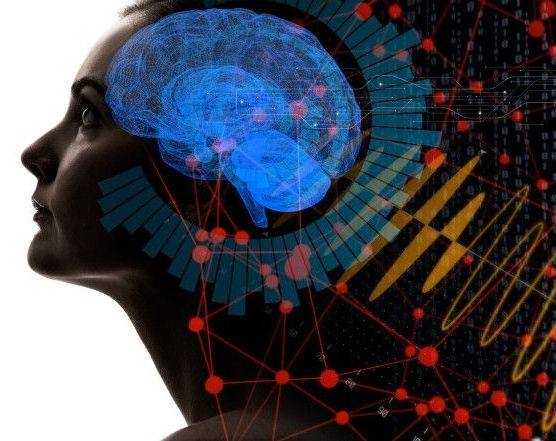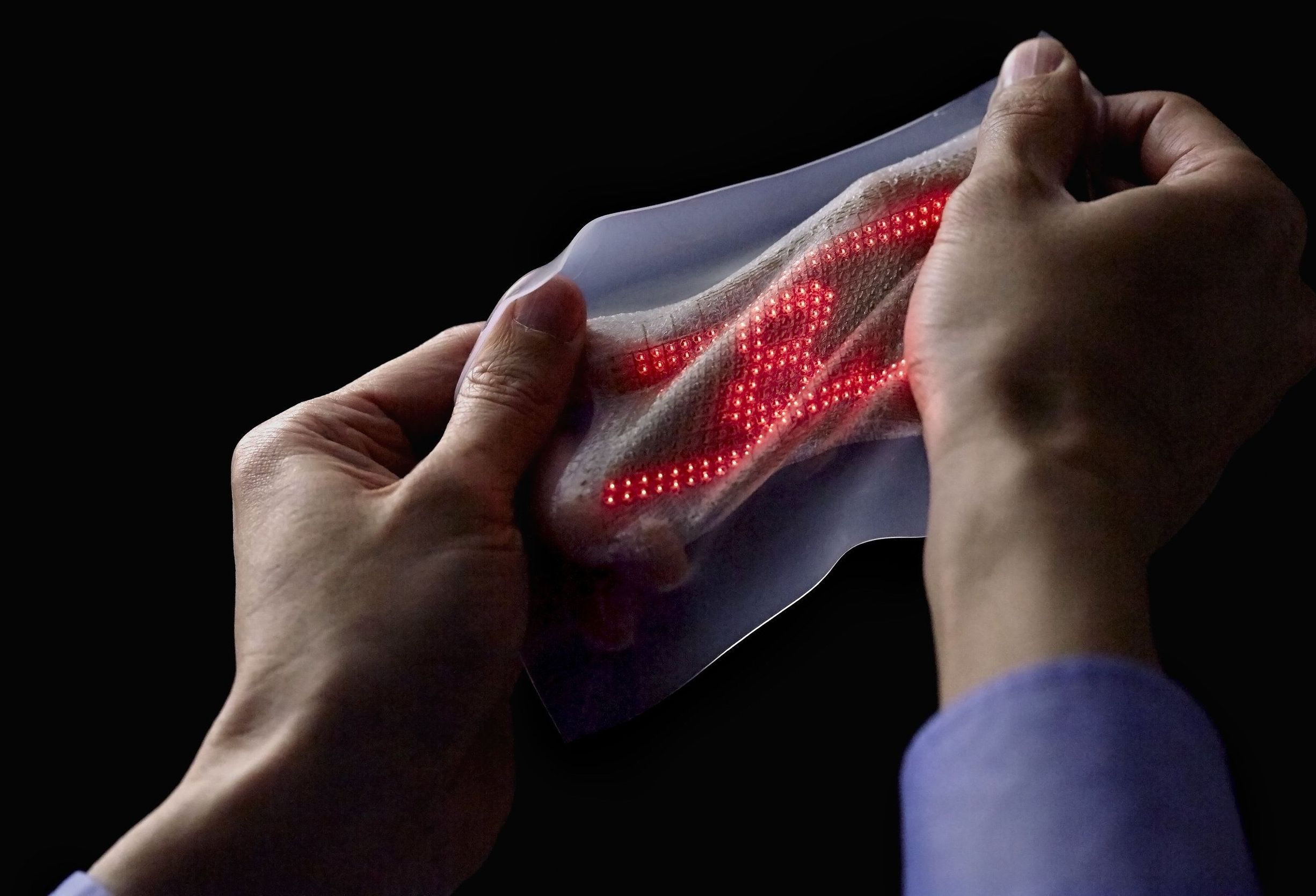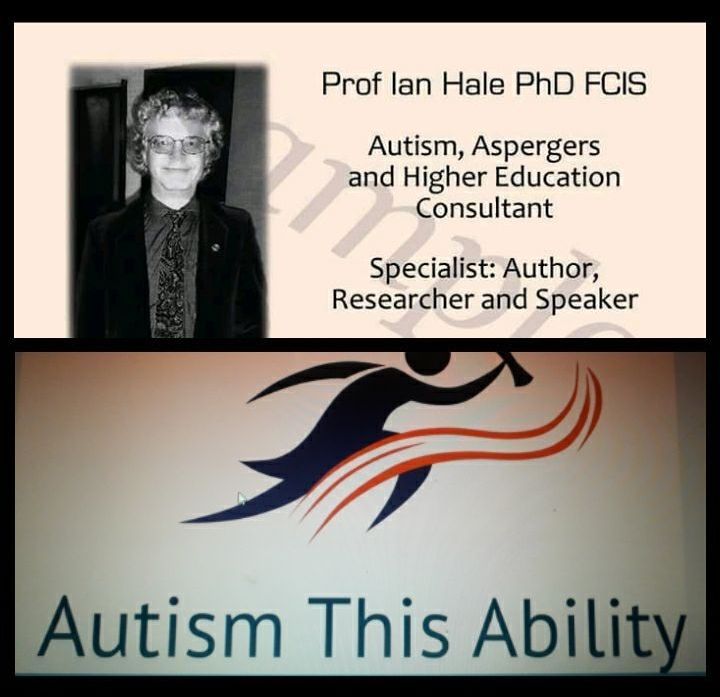Feb 17, 2018
Boosting Bone Healing Using a Key Protein
Posted by Shailesh Prasad in category: genetics
Today, we would like to highlight a recent study in which researchers show a way to selectively accelerate bone regeneration. They have achieved this by delivering Jagged-1 to injuries instead of the bone morphogenetic proteins (BMPs) that have been traditionally used.
What is jagged-1?
Jagged-1 is an osteoinductive protein that activates the Notch signaling pathway, which regulates bone healing at the site of injury. Osteoinduction is the process by which osteogenesis is induced.
